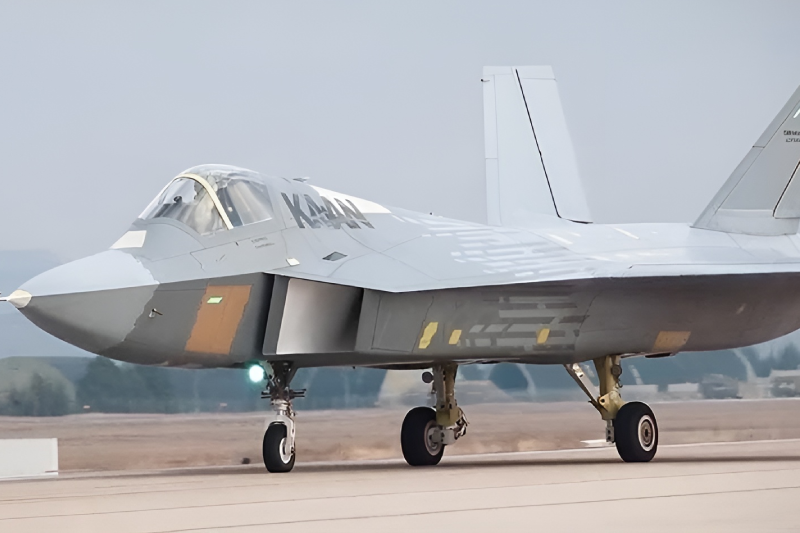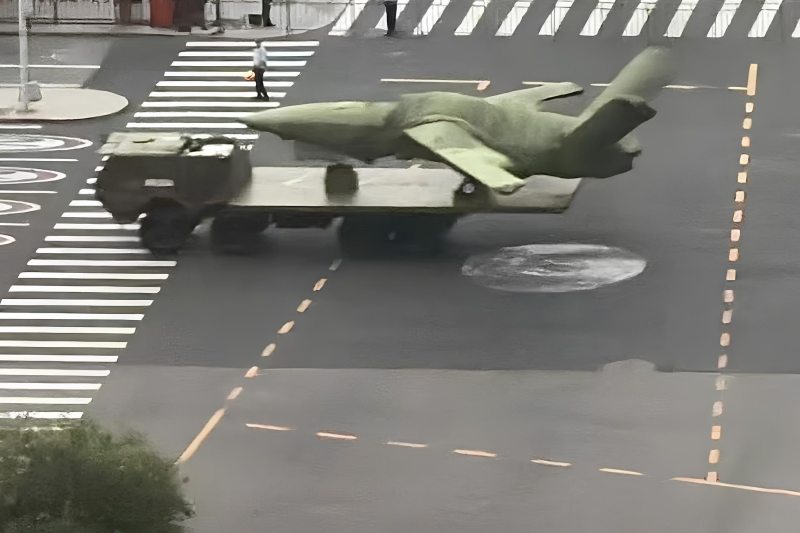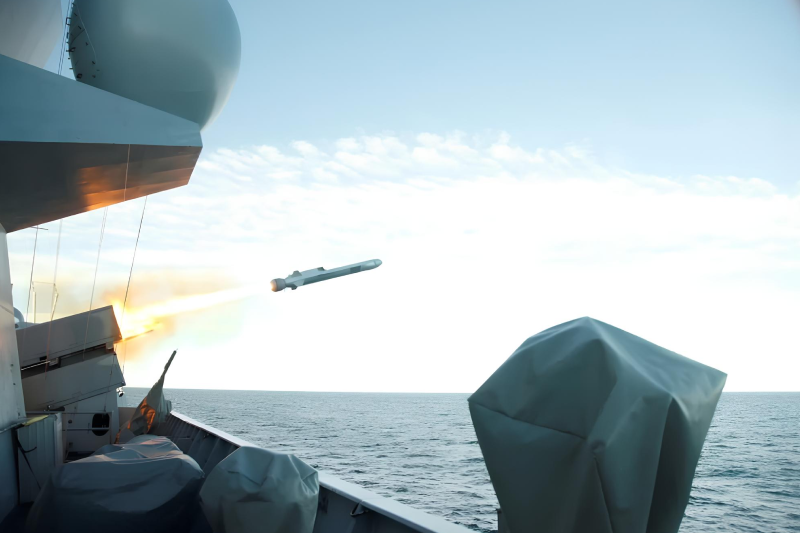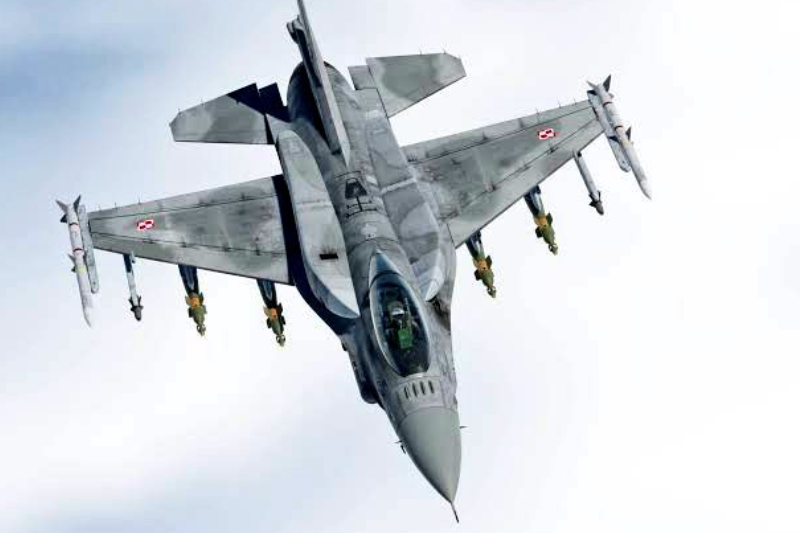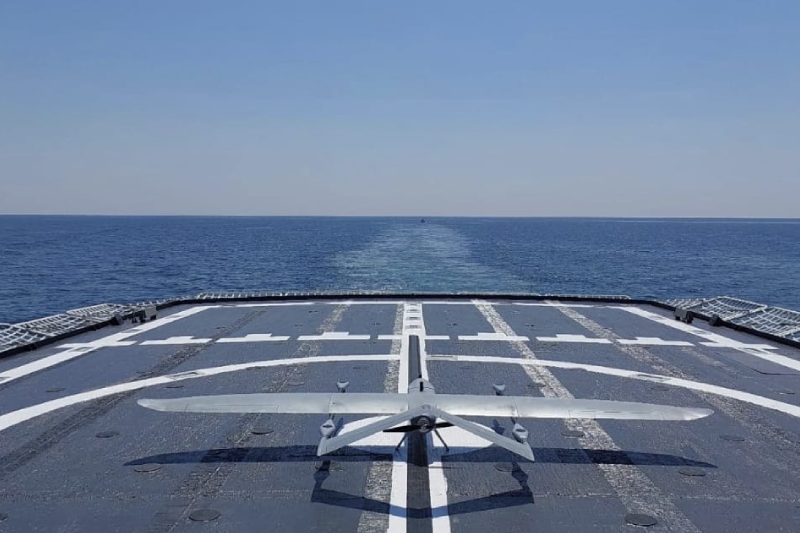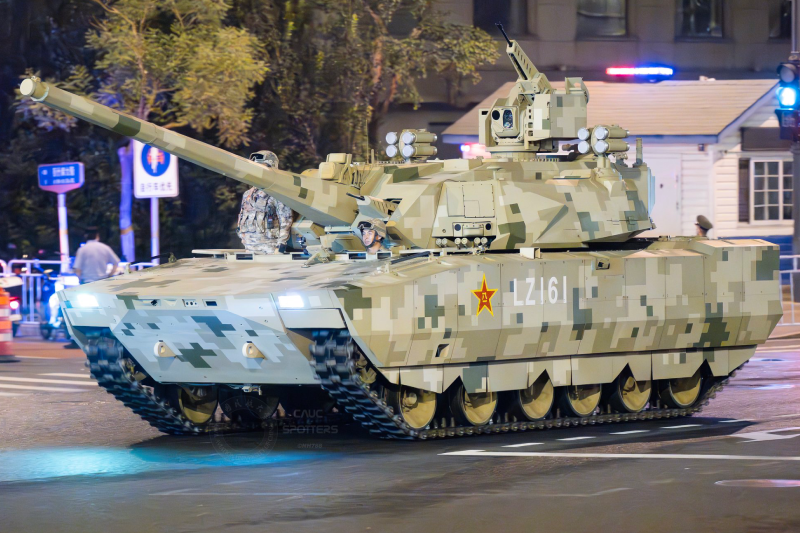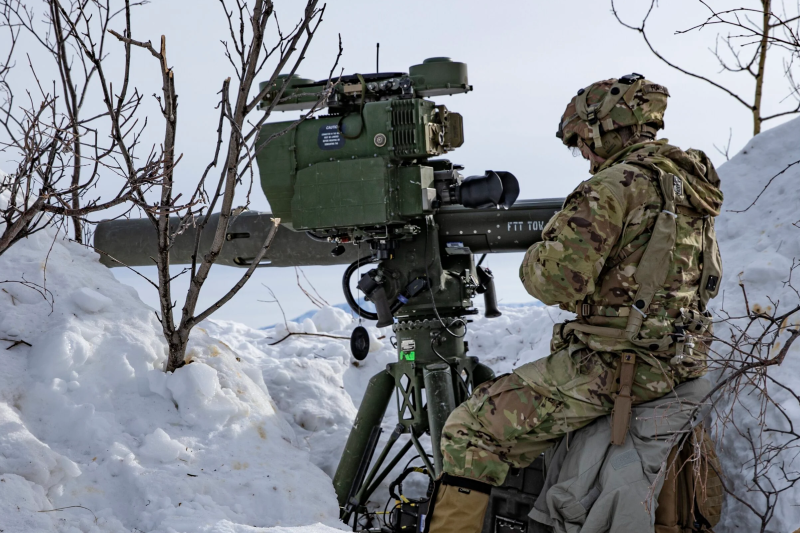Is China poised to lead the world with combat-ready ‘loyal wingman’ FH-97 stealth drone?
China’s People’s Liberation Army is preparing to showcase the world’s first operational CCA drone during September’s military parade in Beijing. The groundbreaking CCA drone represents a revolutionary advancement in collaborative combat aircraft technology, potentially making China the first nation to publicly deploy fully operational “loyal wingman” systems for coordinated aerial warfare. This historic debut would mark a significant milestone in unmanned combat aviation and demonstrate China’s leadership in developing next-generation military technologies.
FH-97 Stealth Drone
Rehearsal images circulating online appear to show the FH-97 Feihong-97 drone participating in preparations for the massive September 3rd Victory Day parade commemorating the 80th anniversary of Japan’s surrender. The single-engine, ground-attack uncrewed aircraft represents China’s most advanced stealth drone technology and has been specifically designed for combat-ready operations alongside crewed fighter jets. Despite being covered and mounted on military transport vehicles, distinctive design features visible in the leaked photographs strongly suggest the aircraft’s identity as the FH-97 system.
Revolutionary Loyal Wingman Technology
The FH-97 drone embodies the cutting-edge “loyal wingman” concept, designed to operate as an intelligent combat partner alongside human-piloted aircraft in complex aerial operations. Chief designer Deng Shuai previously described the system as functioning simultaneously as “both a sensor and an ammunition depot, as well as an intelligent assistant for pilots.” This multifunctional capability enables the drone to serve as an “armed bodyguard” that enhances overall mission effectiveness while reducing risks to human aircrew.
Global First in Operational Deployment
China’s potential public unveiling of operational CCA drones would establish the nation as the world leader in deploying fully functional collaborative combat aircraft systems. While several countries including the United States and Australia have advanced to late-stage testing phases, none has yet confirmed actual combat deployment of loyal wingman technology. This achievement would represent a significant strategic advantage in next-generation aerial warfare capabilities and demonstrate China’s rapid advancement in autonomous military systems.
Comprehensive Development Program Spans Multiple Variants
The AVIC subsidiary responsible for FH-97 development has created multiple variants including the air-to-air focused FH-97A unveiled in 2022, demonstrating a comprehensive approach to loyal wingman technology development. The newly observed drone may represent further evolutionary developments in the FH-97 product line rather than the original 2021 configuration. This systematic variant development approach ensures that Chinese forces can deploy specialized drone configurations optimized for specific mission requirements and operational scenarios.
Advanced Stealth Design Features
The FH-97’s angular vertical stabilizer design and overall stealth configuration provide enhanced survivability in contested airspace while maintaining the low-observable characteristics essential for modern combat operations. These advanced design features enable the drone to operate effectively alongside stealth fighters like the J-20 without compromising the formation’s overall stealth signature. The sophisticated aerodynamic design ensures optimal performance across diverse mission profiles from ground attack to air-to-air engagement support.
Demonstrates Military Commitment
The Victory Day parade involves approximately 40,000 personnel and represents one of China’s largest military demonstrations, providing an appropriate venue for unveiling revolutionary military technologies. Major General Wu Zeke confirmed that all displayed equipment represents “domestically produced, active-duty main battle gear,” indicating that any showcased drones have achieved operational status. The parade’s scale and significance underscore the strategic importance China places on publicly demonstrating its advanced military capabilities.
International Competition
The United States XQ-58A loyal wingman combat drone is expected to achieve combat readiness by 2029, while Australia’s Boeing MQ-28 Ghost Bat has already delivered eight Block 1 prototypes to the Royal Australian Air Force with over 100 flight hours completed. This international competition has accelerated development timelines across multiple nations as each seeks to achieve operational advantages through loyal wingman technology. China’s potential early deployment would provide significant strategic advantages in this critical technology domain.
Designs Suggest Broader Program
Parade rehearsal images also revealed two previously unknown drone designs featuring tailless, modified delta wing configurations, indicating that China’s CCA development extends far beyond the FH-97 program. These larger aircraft suggest higher performance capabilities and potentially different operational roles including aircraft carrier operations and amphibious warfare support. The multiple design approaches demonstrate China’s comprehensive investment in unmanned combat aviation across diverse operational requirements.
Strategic Implications for Future Warfare
The deployment of operational CCA drones fundamentally transforms aerial combat dynamics by multiplying combat effectiveness while reducing pilot workload and human casualties. These systems enable smaller numbers of human pilots to control larger formations of combat aircraft, potentially overwhelming traditional defense systems through coordinated autonomous attacks. The technology represents a paradigm shift toward increasingly autonomous warfare where human operators manage multiple unmanned systems simultaneously.
Also read this: China Successfully Tests First Tiltrotor Aircraft Prototype
Technology Transfer and Industrial Development
China’s advancement in CCA technology demonstrates the successful integration of artificial intelligence, advanced materials, and sophisticated flight control systems into operational military platforms. The domestic production capability established through the FH-97 program provides foundations for potential export opportunities while strengthening China’s defense industrial base. The technology development also supports civilian aviation advancement through dual-use applications in autonomous flight systems.
China’s anticipated unveiling of the world’s first operational CCA drone at the Victory Day parade represents a transformative moment in military aviation, establishing new standards for collaborative combat aircraft while demonstrating the nation’s leadership in developing revolutionary autonomous warfare technologies.
Keep connected with us at Facebook, Twitter, YouTube, Instagram & TikTok for latest defense happening around the globe.
Discover more from International Defence Analysis
Subscribe to get the latest posts sent to your email.


